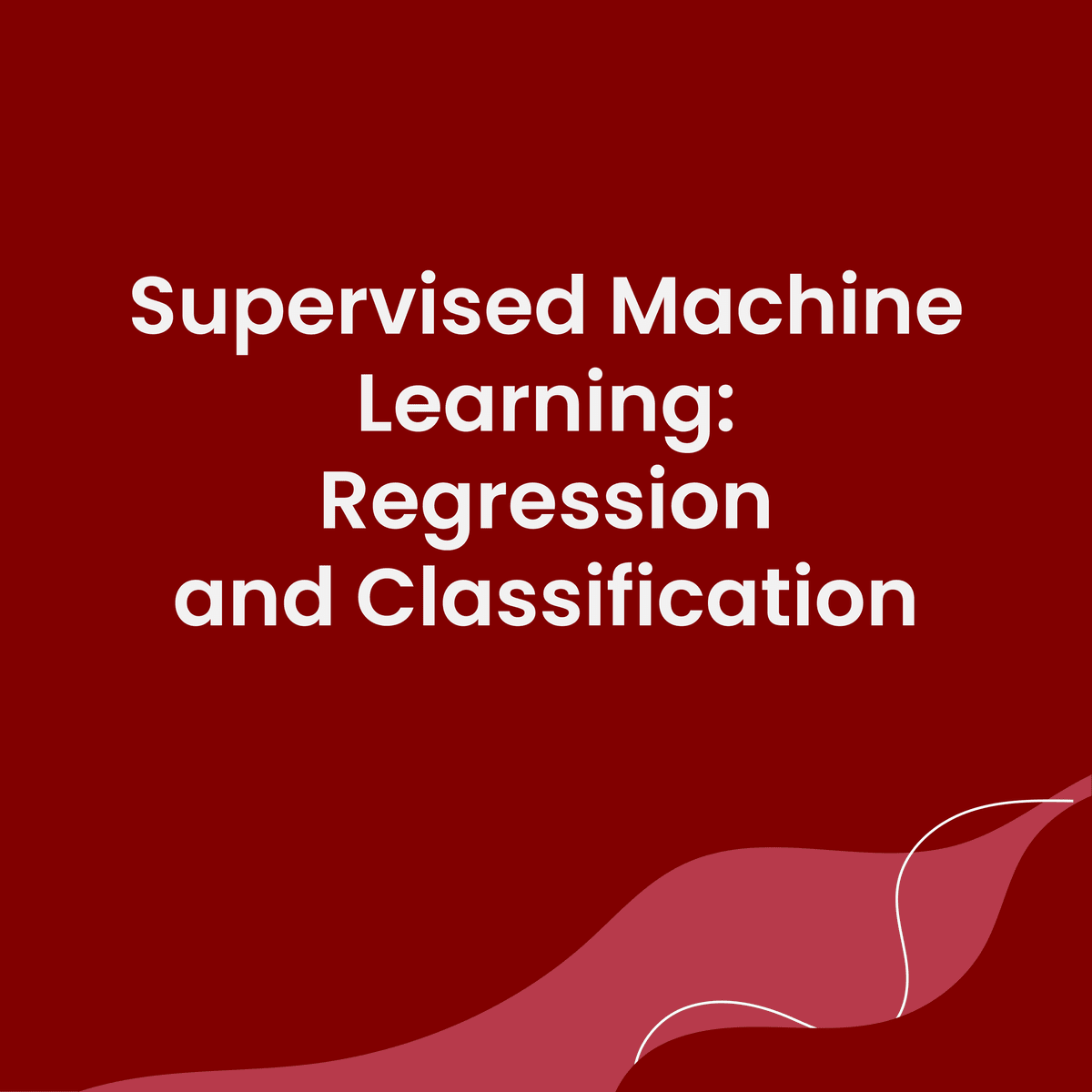Tube Rank: Your Guide to Video Success
Discover tips and insights for optimizing your video presence.
Machine Learning: A Recipe for Predictive Success
Unlock the secrets of predictive success with machine learning! Discover game-changing techniques for data-driven insights.
Understanding the Basics of Machine Learning: Key Concepts and Techniques
Machine learning is a subset of artificial intelligence that empowers systems to learn from data and improve their performance over time without explicit programming. At its core, machine learning revolves around key concepts such as algorithms, models, and training data. An algorithm is a set of rules or instructions that the system follows to process input data, while a model represents the learned patterns from this data, which can be used to make predictions. The process of training involves feeding a machine learning algorithm a large dataset, allowing it to adjust and optimize its parameters to minimize error in its predictions.
There are several techniques within machine learning that can be broadly classified into three categories: supervised learning, unsupervised learning, and reinforcement learning. In supervised learning, the algorithm learns from labeled data, providing it with clear examples to inform future predictions. Conversely, in unsupervised learning, the algorithm is tasked with identifying patterns in data that does not have labeled outcomes, making it a powerful method for clustering and association. Lastly, reinforcement learning involves training an agent to make decisions by rewarding it for beneficial actions and penalizing it for harmful ones, mimicking a trial-and-error approach to learning.

How to Build a Predictive Model: Step-by-Step Guide
Building a predictive model involves a systematic approach that can greatly enhance your data analysis efforts. Step 1: Begin by defining your predictive modeling problem. Clearly identify what you want to predict and the variables that might influence the outcome. Step 2: Collect and prepare your data. This includes cleaning your dataset by handling missing values, outliers, and ensuring consistency in data formats. Step 3: Choose a suitable algorithm for your model by considering the nature of your data and the type of prediction you wish to make.
Once your data is prepared, Step 4: is to split your dataset into training and testing sets. This will allow you to evaluate the performance of your model accurately. Step 5: Train your model using the training data. Fine-tune the model parameters to find the most optimal settings. Finally, Step 6: assess your model’s performance on the testing set using metrics such as accuracy, precision, and recall. Remember, evaluating your model is crucial for ensuring its reliability in real-world applications.
Common Pitfalls in Machine Learning: What to Avoid for Predictive Success
As organizations increasingly adopt machine learning for predictive analytics, it's crucial to understand the common pitfalls that can hinder success. One significant mistake is insufficient data quality. Models trained on noisy or biased data are likely to produce inaccurate predictions. To mitigate this, ensure that the data is cleaned and pre-processed adequately before feeding it into machine learning algorithms. Furthermore, it’s essential to have a diverse dataset that captures various scenarios to avoid overfitting to specific patterns.
Another prevalent issue is neglecting model evaluation and testing. Relying solely on training accuracy can lead to a false sense of security regarding a model’s performance. It’s vital to implement appropriate metrics, such as precision and recall, to assess how well the model generalizes to unseen data. Additionally, incorporating validation techniques like cross-validation can provide a more reliable estimate of the model's effectiveness, thereby enhancing predictive success in real-world applications.